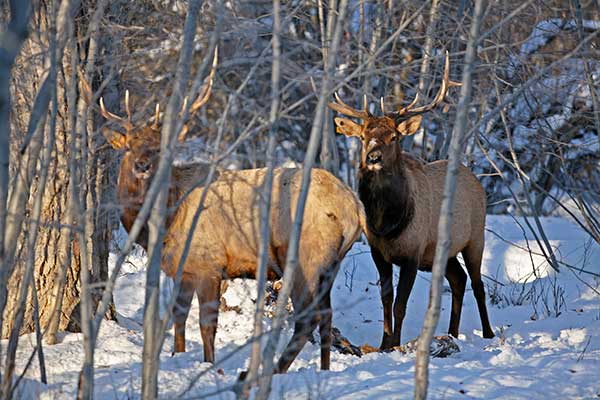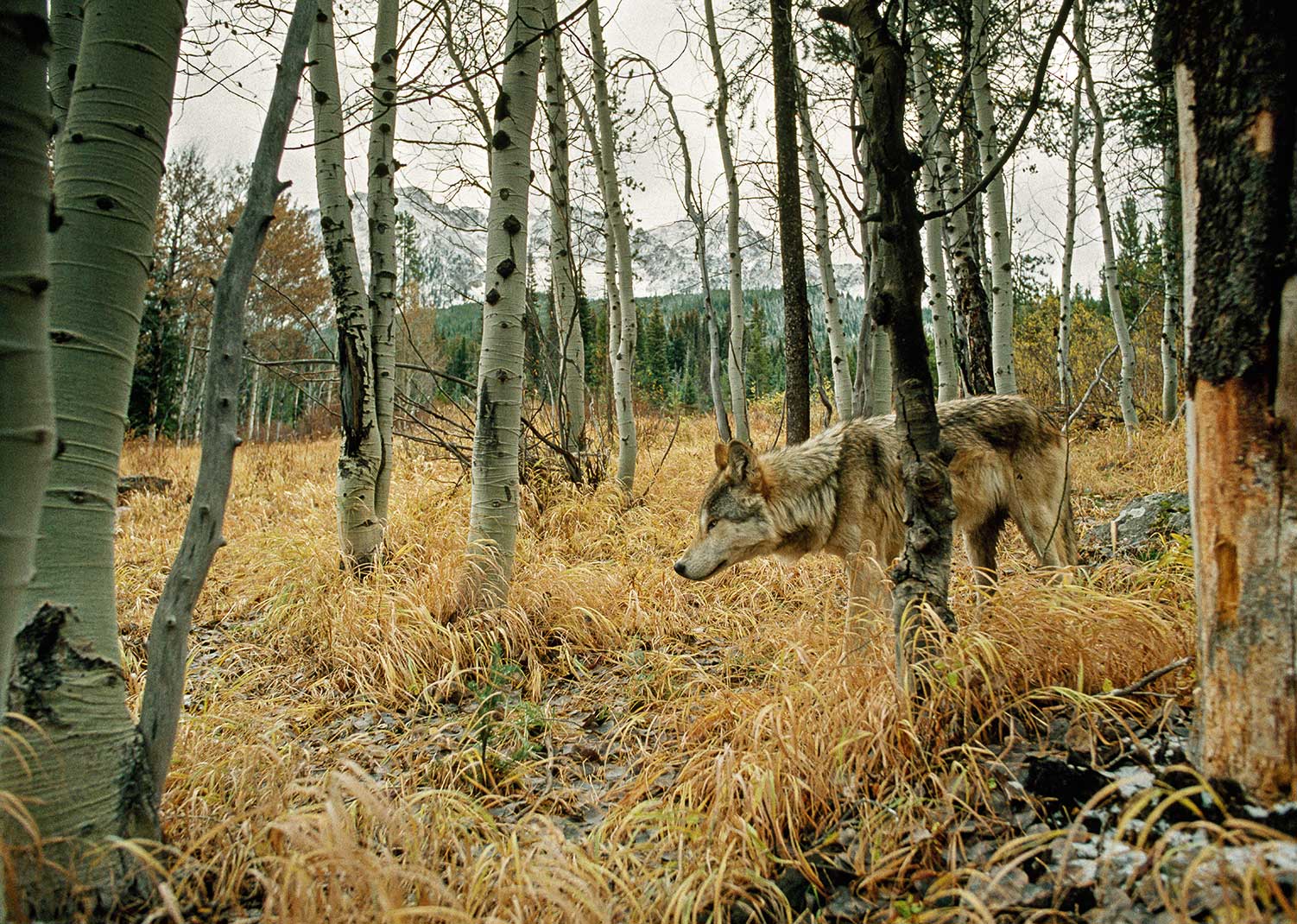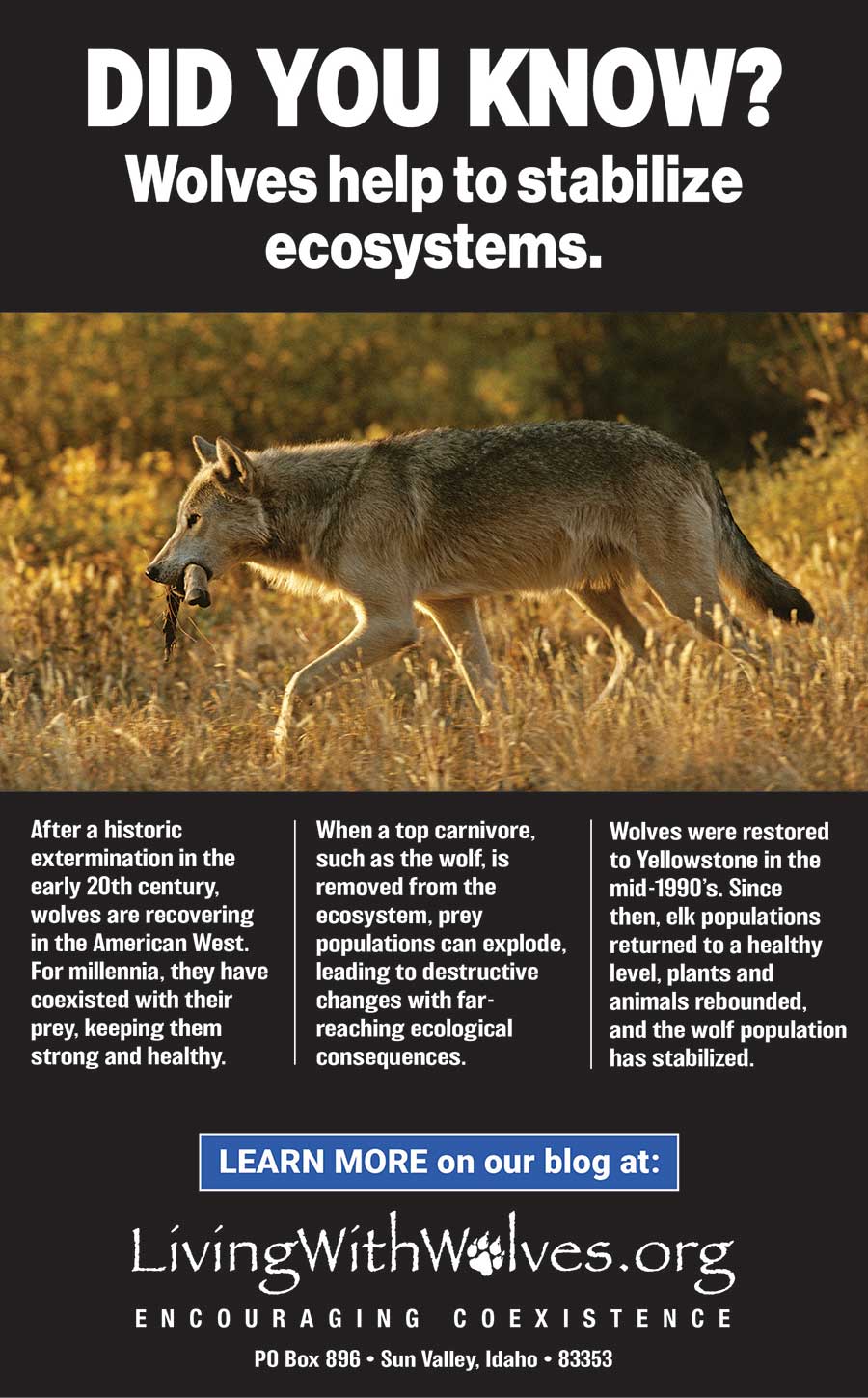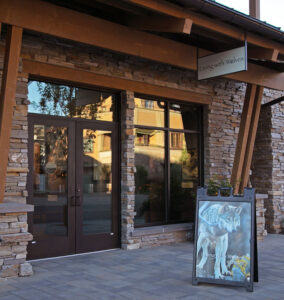Predators need prey. They’ll die if they don’t eat. But prey animals are also dependent on predators. Through the steady pressure of predation, prey animals are kept healthy, their numbers are kept in check, and the healthiest and strongest pass on their genes, keeping their evolution in step with that of their predators.
The dynamic of predator and prey plays out day and night and every day of the year. Due to the continuous nature of this dynamic, predator and prey are constantly evolving together. The idea that different species can affect one another’s evolution dates back at least to the era of Charles Darwin in the mid-19th Century from his observations of flowering plants and insects. It was later applied to many other relationships in nature, including predator and prey.
Survival
Predators evolve to be more efficient and effective hunters, developing senses and other anatomical features that allow them to better detect and subdue prey. Prey animals evolve to better evade or deter predators, through specialized acute senses, speed, athleticism, camouflage, defensive weapons, etc.
These changes, the result of natural selection, often occur in response to each other. An over-simplified example of “survival of the fittest” is that the faster prey escapes the predator and lives to pass on its genes. On the other hand, the faster predator catches the prey, gets to eat, and lives to pass on its genes. The slower individuals in this example aren’t as fortunate. Whatever advantages an individual has, the better the chance of passing on their genes.
Adaptation
The relationship between wolves and elk serves as an interesting example. A team of researchers in Yellowstone National Park wanted to understand why elk shed their antlers in late winter or early spring. All other members of the deer family shed their antlers much earlier. Bull elk grow their antlers every year to be ready to compete with other bull elk for breeding rights during the rut in September and October.
In violent, hormonally charged clashes that often last for weeks, the large bulls spar to the point of exhaustion, injury, or death until a victor emerges. The winner is then able to mate and pass on his genes, but often at great expense. This exhausting process depletes the strength and energy reserves of all rutting bulls as they head into a long and challenging winter.
While bull elk are much larger than cow elk, wolves sense the vulnerability of the large males by late winter. However, their antlers still provide a formidable defense. Some elk begin to shed their antlers in mid- to late-March, before the snow is gone in many Rocky Mountain ecosystems, and before grasses have reappeared for the depleted bulls to replenish their strength. Wolves will target an antlerless bull even if he is in better condition than one that still has his antlers. Therefore, elk with genes that cause them to lose their antlers later have a greater chance of not becoming prey. They are adapting evolutionarily to wolves.
Over time, a species adapts to the evolution of its adversary, while becoming more capable at operating in its own specific niche. This could mean developing better hearing, better echolocation, and better night vision, feathers that are silent in flight, or pelage, feathers, scales or skin that blend in with the surroundings. This response to changes in predator and prey has often been referred to as an “evolutionary arms race.”

Reintroduction
Despite the fact that natural selection, survival of the fittest, co-evolution and the interdependency of predator and prey are not new concepts, one theory was promoted in anti-wolf propaganda that does not take into account these common understandings of basic biology. The theory was that if wolves were reintroduced to the American West, they would destroy elk populations, which would in turn ruin elk hunting. Wolves do hunt elk. Biologists expected that if a population of reintroduced wolves could take hold in the Greater Yellowstone Ecosystem, and the ecosystems of Central Idaho and Western Montana, they would likely subsist mostly on elk. But, for good reason, the scientific community never broadly indulged the apocalyptic predictions of elk annihilation.
Two and a half decades post-reintroduction, it is clear that wolves and elk are thriving together. According to information from the state fish and game agencies and the Rocky Mountain Elk Foundation, there are more elk today in Idaho (120,000 in 2020), Wyoming (110,300 at the end of 2018) and Montana (134,557 in 2019) than there were in 1995 when wolves were reintroduced. A 1997 report published by the Rocky Mountain Elk Foundation found that in 1995, 116,000 elk lived in Idaho, 102,439 in Wyoming, and 93,401 in Montana. According to these numbers, there are 53,000 or 17% more elk living in these three states today than there were in the year when wolf reintroduction began. But elk numbers did not go up for every herd of elk in the three states. There are a few places, like in Yellowstone’s northern herd, where unnaturally and unsustainably high elk numbers have come down.
Biodiversity
As early as the 1930s, the decade after wolves were eliminated from Yellowstone National Park, scientists began raising red flags about erosion and plant die-off. The reasons why weren’t immediately understood. It wasn’t until recent decades it was revealed that predators and especially wolves were keeping elk on the move, reducing browsing pressure and allowing for the healthy regrowth of the plants that stabilize stream and riverbanks. Without predators, these important plants were unable to regenerate and perform the vital function of mitigating erosion. Additionally, these lush riparian areas provide critical habitat for many species.
In the absence of predators, the unchecked growth of herds of prey animals degrades virtually the entire ecosystem that supports them. Under more stable conditions, where predators are an integral part of the life cycle of prey animals, herds are regulated, boom and bust cycles are minimized, and mass winter die-offs due to starvation are averted.
When a top carnivore, such as the wolf, is removed from the ecosystem, prey populations will often explode, leading to destructive changes with far-reaching ecological impacts. In the absence of wolves and diminished numbers of mountain lions and bears, elk numbers increased dramatically, causing widespread deterioration of many vital plant species that, in turn, negatively impacted many other species.
By keeping prey populations in check, predators promote ecosystems with greater biodiversity. Healthy populations of a broad spectrum of different species of plants, animals and even fungi, algae and bacteria all contribute to the stability of the entire system. For elk, this regulatory function ensures they have enough to eat, that they don’t lose the advantages evolution has bestowed on them, and that they remain genetically robust and less susceptible to disease.
Stability
Looking for ways to address their burgeoning elk problem, for several decades, the National Park Service culled elk in the park. In a July 2020 National Geographic article, Christine Peterson writes, “When the park stopped killing elk in 1968, numbers shot up again from about 5,000 to close to 20,000. For the next several decades, elk cycled through population booms and collapses along with climate fluctuations; hard winters left the ground littered with hundreds of the carcasses of elk that had starved to death. Then, between 1995 and 1997, wildlife officials reintroduced 41 wolves to Yellowstone. Grizzly bears and mountain lions, which also prey on elk, increased due to more protections from states and the federal government. The elk population dropped, eventually evening out the spikes and dips.”
When top carnivores are restored, populations of both prey and predator will eventually stabilize, as was the case in Yellowstone. With an abundance of weak and vulnerable elk, 41 wolves grew to a peak of 174 in 2003. Wolves and the other carnivores took advantage of compromised elk, strengthening the herd by eliminating the weak. As elk numbers declined, so did the number of wolves, until they both began to stabilize. For the past 11 years, the park’s wolf population has hovered around 100. In March of 2020, it was 94.
Yellowstone’s elk herd is considered to be much healthier now that the carnivores are restored to more natural levels. And wolves continue to take advantage of the weakest. In a Mountain Journal article by Todd Wilkinson, Yellowstone’s Senior Wildlife Biologist, Dr. Douglas Smith, says, “Wolves pick up on stuff we can’t see. They are most efficient at exploiting weaknesses in prey because their survival depends on it. They are predisposed, by instinct and learned behavior, to focus first on animals that are easier to kill rather than those living at the height of their physical strength.”
In the Absence of Stability, Disease?
When ecosystems are not rich in carnivores and there is an overabundance of unchecked prey animals, other maladies can ravage prey populations in ways that carnivores could likely mitigate. One of these maladies, Chronic Wasting Disease (CWD) is spreading and could present a threat to people. CWD is a crippling, contagious, and fatal brain disorder of deer, elk and moose. The Centers for Disease Control (CDC) recommends that hunters should take several precautions when hunting in areas with CWD such as testing the animals they kill for the disease and not consuming any meat from an infected animal.
For a few years now, CWD has been right at the doorstep of Yellowstone National Park. Why has it not infected the park’s deer, elk and moose? Could it be that a robust population of wolves and other predators has thus far kept the disease at bay by picking off the infirm? If so, what might have happened if CWD had arrived before wolf reintroduction?
In the final installment of his four-part series on CWD, Todd Wilkinson quotes biologist Gary Wolfe, who has also previously served as a Montana wildlife commissioner and President and CEO of the Rocky Mountain Elk Foundation. Wolfe states, “We should consider wolves to be ‘CWD border guards,’ adjust wolf hunting seasons accordingly, and let wolves do their job of helping to cull infirm animals from the herds.”
CWD is just one of several diseases that can infect the prey of wolves. More diseases will come in the future. In the absence of predators, disease is another way that animal populations are regulated. When disease turns into an epidemic, it is often a sign that something isn’t quite right.
The relationship between people and predators, in the U.S. and throughout much of the world, is defined by persecution of the animals we deem inconvenient, whether as a threat or nuisance. If predators are allowed to thrive, science demonstrates that it benefits the entire system. It should not be overlooked or discounted that a healthy and balanced natural world will also benefit the health and stability of our own species.



